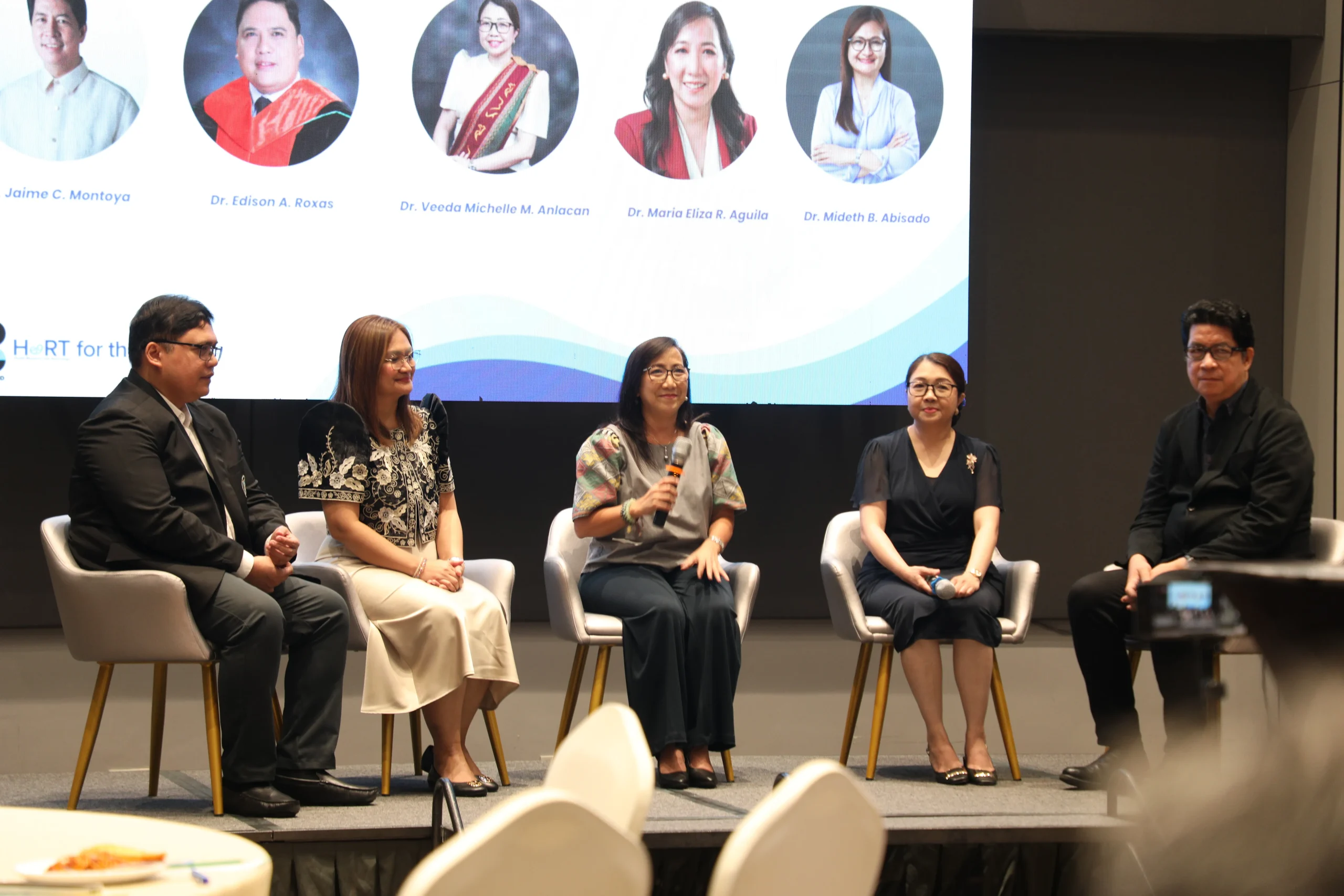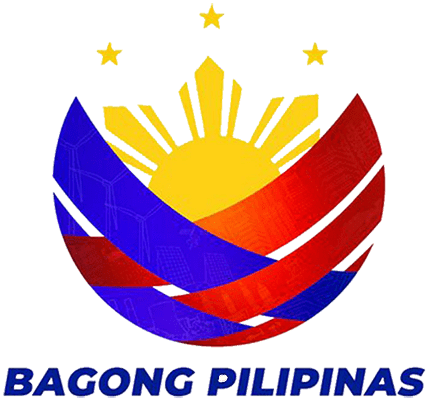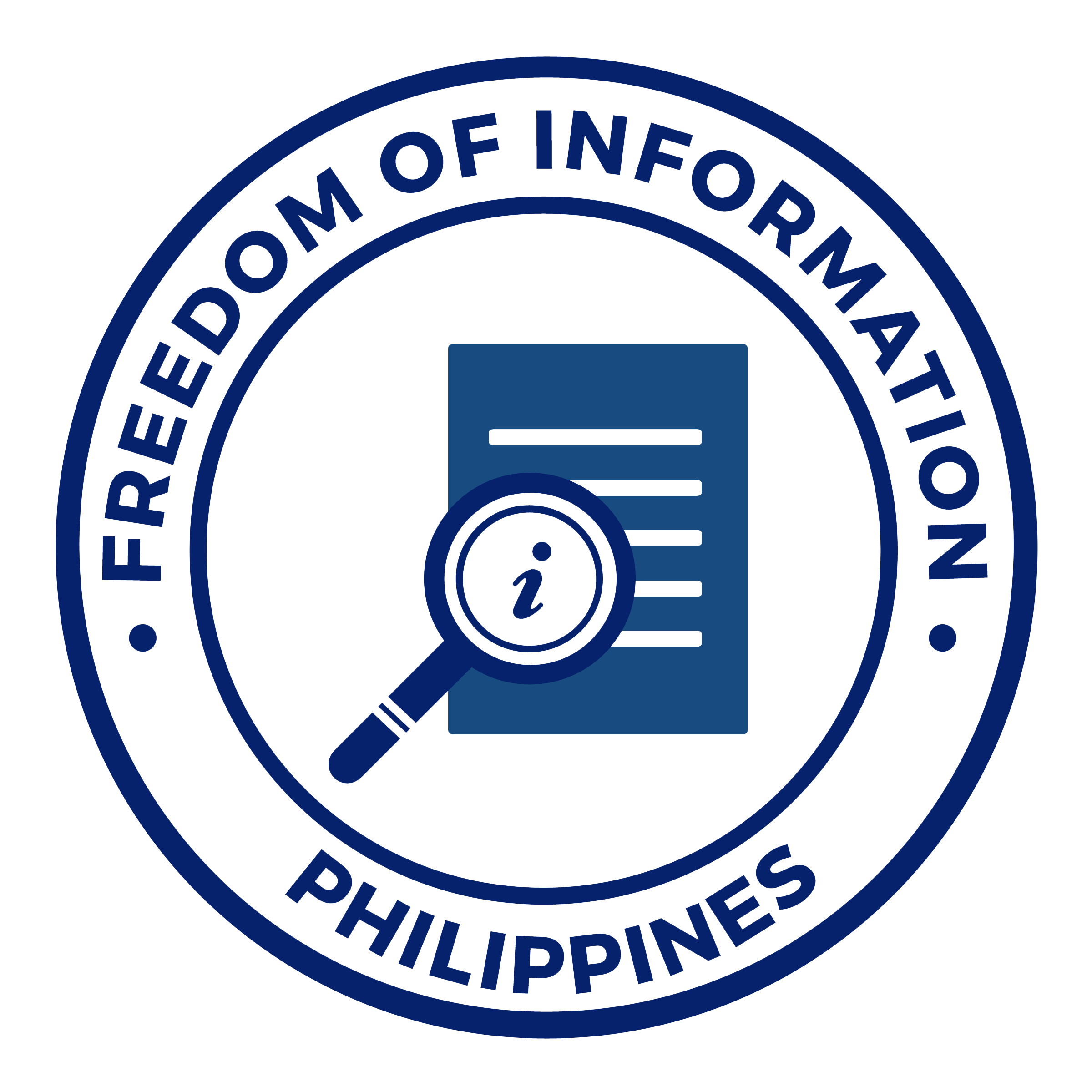NEWS AND UPDATES
AI, Immersive Tech, Smart Tools: DOST Drives Digital Health Innovation in PH

The Department of Science and Technology – Philippine Council for Health Research and Development (DOST-PCHRD), through its Digital and Frontier Technologies for Health (DFTH) Program, showcased health innovations that tap artificial intelligence (AI), extended reality, and intelligent tools in developing innovations that address the country’s healthcare challenges.
During the Talakayang HeaRT Beat press conference held last May 27, 2025, DOST featured the i-SULAT (Intelligent Stroke Utilization, Learning, Assessment and Testing) of the University of Santo Tomas. This software-based system employs intelligent handwriting stroke analysis to deliver consistent, automated assessments of handwriting proficiency in early childhood.
DOST Secretary Renato U. Solidum, Jr. underscores the importance of leveraging digital health technologies as a strategic approach in building a more resilient, inclusive, and future-ready healthcare system. “Through science, technology, and innovation, we are laying the groundwork for a healthier Philippines,” he affirms.
Recognizing handwriting as a crucial developmental milestone tied to learning and neurological health, i-SULAT provides accessible, standardized assessment tools, particularly valuable in areas with limited occupational therapy resources. Beyond early education, its applications extend to stroke rehabilitation, learning disabilities, and the diagnosis of neurological disorders.
Another breakthrough initiative presented is the development of Immersive Gamification Technology Systems (ImGTS), which consists of two projects. This is designed to enhance rehabilitation for two distinct patient groups – children with cerebral palsy (CP) and mobility limitations, and patients with Alzheimer’s disease experiencing behavioral psychological symptoms of dementia (BPSD).
Currently undergoing clinical trials, these systems integrate interactive digital environments to improve therapy engagement. The University of the Philippines Manila leads the study on ImGTS for pediatric cerebral palsy rehabilitation, demonstrating how gamified experiences can support physical therapy. There is also research on ImGTS as a potential tool to mitigate BPSD in Alzheimer’s patients. Now in Phase 2 of trials, both projects are being evaluated for usability, safety, and therapeutic value, offering much-needed support for caregivers and rehabilitation specialists.
Another initiative, the HealthPH Project, of the National University of Manila, focuses on real-time surveillance of respiratory disease trends through machine learning and natural language processing. By analyzing social media discussions in English, Filipino, and Cebuano, the HealthPH dashboard enables proactive monitoring of emerging respiratory outbreaks. In collaboration with local government units across Luzon, Visayas, and Mindanao, the system strengthens public health response efforts, demonstrating how digital intelligence can reinforce disease prevention strategies.
DOST Undersecretary for Research and Development, Dr. Leah J. Buendia, emphasized the broader impact of these innovations, stating, “Agham at teknolohiya ang ating susi upang magbigay solusyon na maaaring magbigay ng pagkakataon para mas mapabuti at mapabilis ang ating mga serbisyong pangkalusugan.” (Science and technology are our keys to providing solutions that can provide opportunities to improve and accelerate our health services.) Her message highlights the vital role of science and technology in enhancing healthcare accessibility, monitoring, and equity.
The technologies mentioned above were showcased at the Talakayang HeaRT Beat press conference, organized by the DOST-PCHRD and held on May 27, 2025, in Quezon City.




